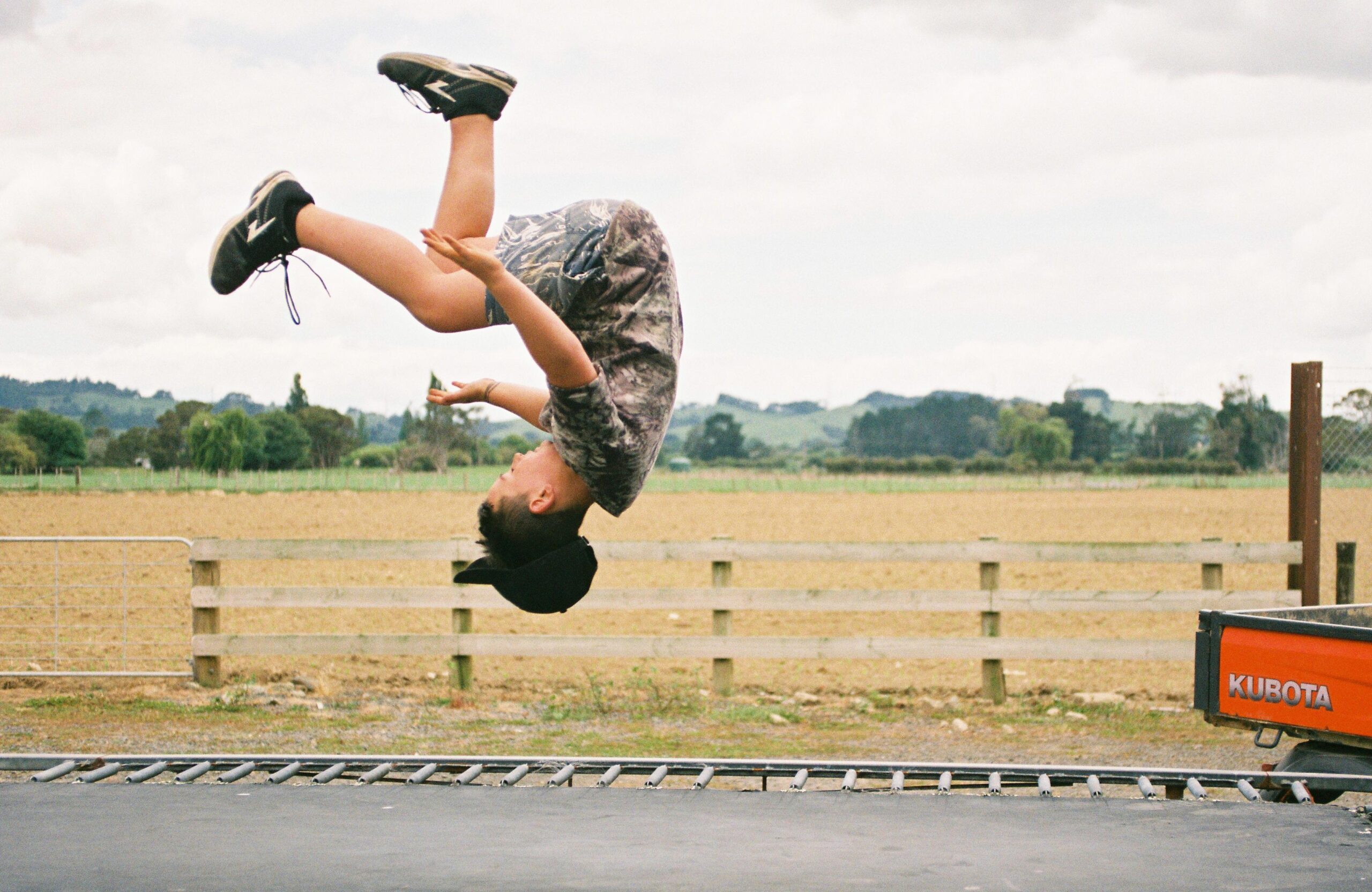Learning how to jump (and summersault and backflip) online


Jumping online is easy. But now we’re being asked to summersault and backflip too. Artists of all mediums, genres, and formats across the globe have been thrown into a new world and are starting to bounce along the possibilities of working through a screen.
While online platforms may not have been our first choice for connecting with our audiences, since the time calls for it, we’re launching into it.
We’ve collated a bunch of information that could help you spring into online action and admiring the view from new heights.
What tools could you be using online?
• Livestreams
• Digital contributions
• Online collaboration tools
• Tools for teaching
• Digital distribution
Livestreaming is an awesome way to connect and engage with audiences in real-time. Embrace the glitchy nature of livestream and let the raw pixels charm people everywhere. To start your livestream journey, check out this list of livestream options to see which works best for you.
Like any good business, the arts needs an income. For many of us who saw an awful amount of events and projects cancelled, we saw this disappear up overnight. Having to reframe our practices into the digital sphere, we can start exploring new ways of generating income online.
Pro Tips:
Quick history trip. Historically arts patronage refers to the support kings, popes, and the wealthy provided to artists. Sponsorship of artists and commissioning artwork is the best-known aspect of the patronage system. Leonardo da Vinci, William Shakespeare, Wolfgang Amadeus Mozart and Ludwig van Beethoven have all been supported by patrons.
It was only really with the rise of capitalism in mid 19C that European culture moved away from patronage systems to the more publicly supported system of museums, theatres, mass audiences and mass consumption that we’re now familiar with.
This is the background for the more democratised patronage model of the Patreon platform which emerged in 2013.
Patreon is an international membership platform based in the US that provides business tools for creators to run a subscription content service. It allows creators and artists to earn a monthly income by providing exclusive rewards and perks to their subscribers, or “patrons”. Patreon is used by YouTube videographers, webcomic artists, writers, podcasters, musicians and other categories of creators who post regularly online.
It allows artists to receive funding directly from their fans, or patrons, on a recurring basis or per work of art. Patreon charges a commission of 5% to 12% of creators’ monthly income in addition to payment processing fees. Having said that, it’s free to get started. You pay nothing until you start earning. Memberships are billed on the first of each month.
We mentioned it before the lockdown unfolded that this is a time to embrace connectivity and collaborate on new or existing projects. By the day, there is a growing range of tools available that facilitate remote collaboration and idea sharing. We’ve whittled it down to the bits and pieces below (some of these have a business slant but can definitely be used within the arts).
Other arts-specific collab tools are:
If you mostly hang out with artists, you might think your mad-skills are mad-normal. They’re not. The way you think, the creative processes you use and your creative habits are great tools for enhancing the life and wellbeing of others.
You could be teaching a musical instruments, painting, sculpture, photography, poetry, weaving, song-writing, costume design, lighting, audio mixing, music production, writing, singing, acting, dancing, drawing, crafts… the list is endless.
If you’re interested in sharing this knowledge, here are some spots you could start:
Or you could provide one-on-one video classes through Zoom which are often prepaid through a bank transfer or paypal.
Where can you sell your work?
Two key services are Bandcamp and Distrokid. Other options for selling scores online are:
Many of these services will sell prints on an on-demand basis. You could also consider making ‘blank’ artworks (as creative colouring in projects) that people could use while home-schooling their kids.
If you have written books in any style or genre, these can be sold online as ebooks, and through print on demand services.
These platforms are like marketplaces for potential clients to discover creatives. You can set up an account, demonstrate your work, list your prices, and people can request work from you.
Online merch is one way to get your art/band/designs into the world. Many of these places are print-on-demand so you don’t need to have boxes of things sitting around your house: